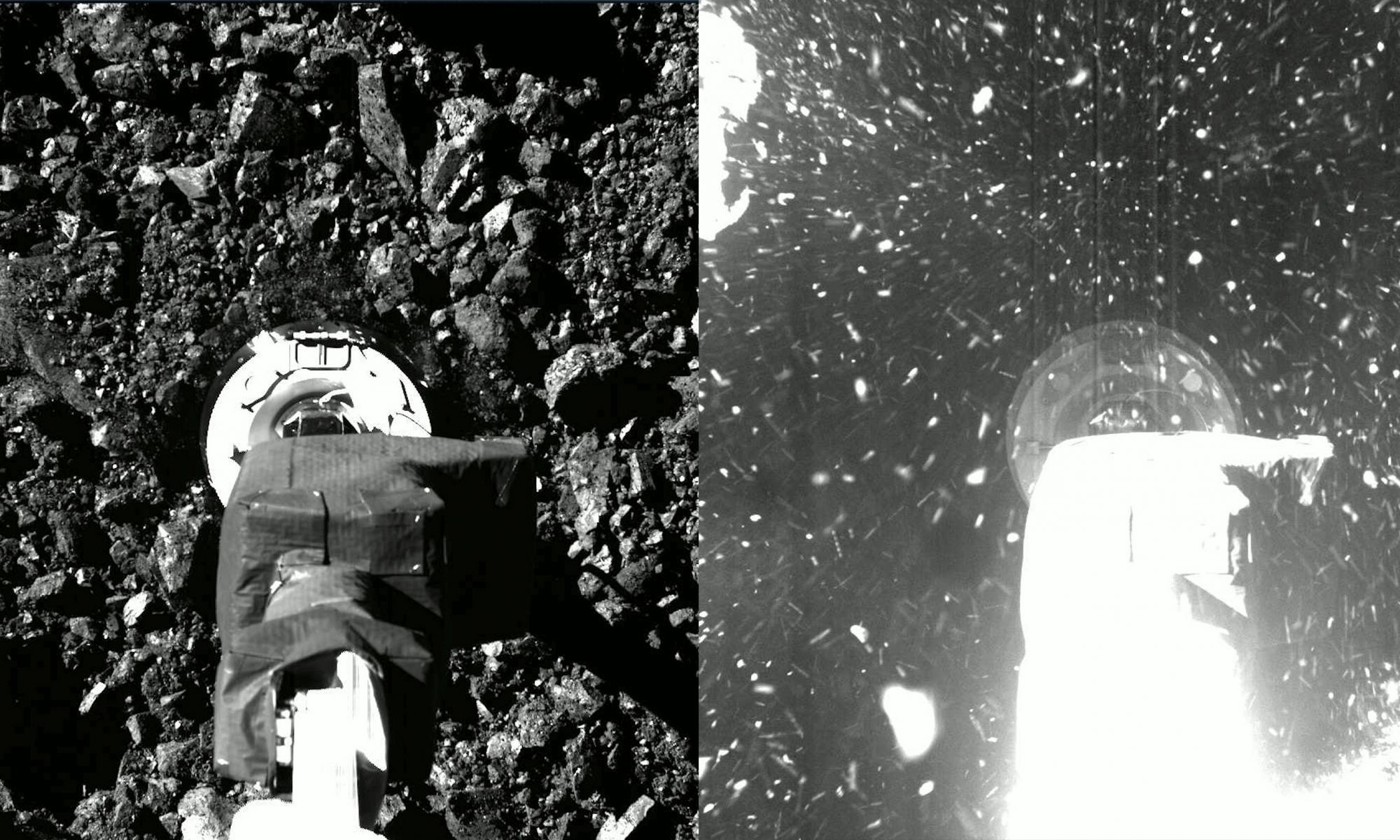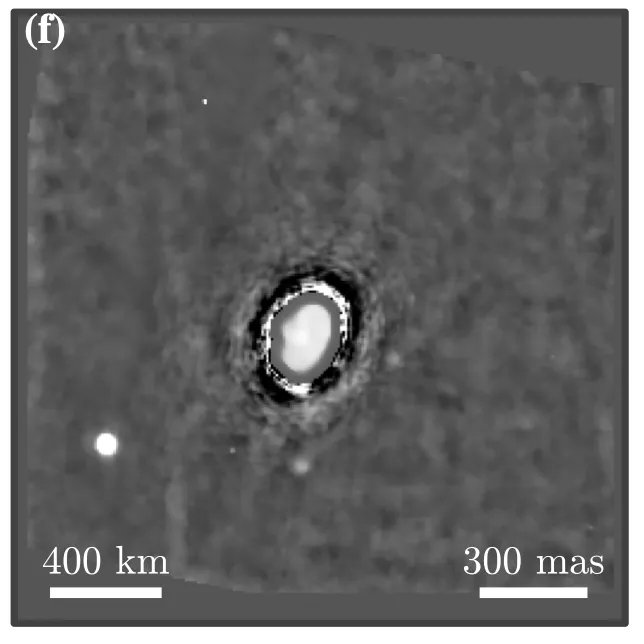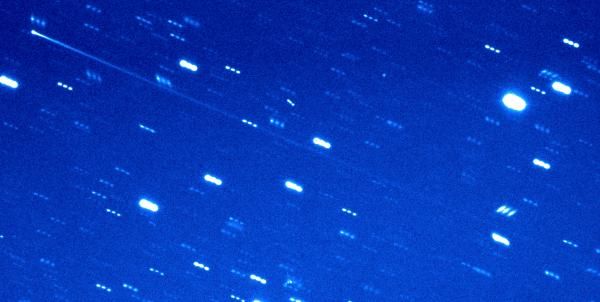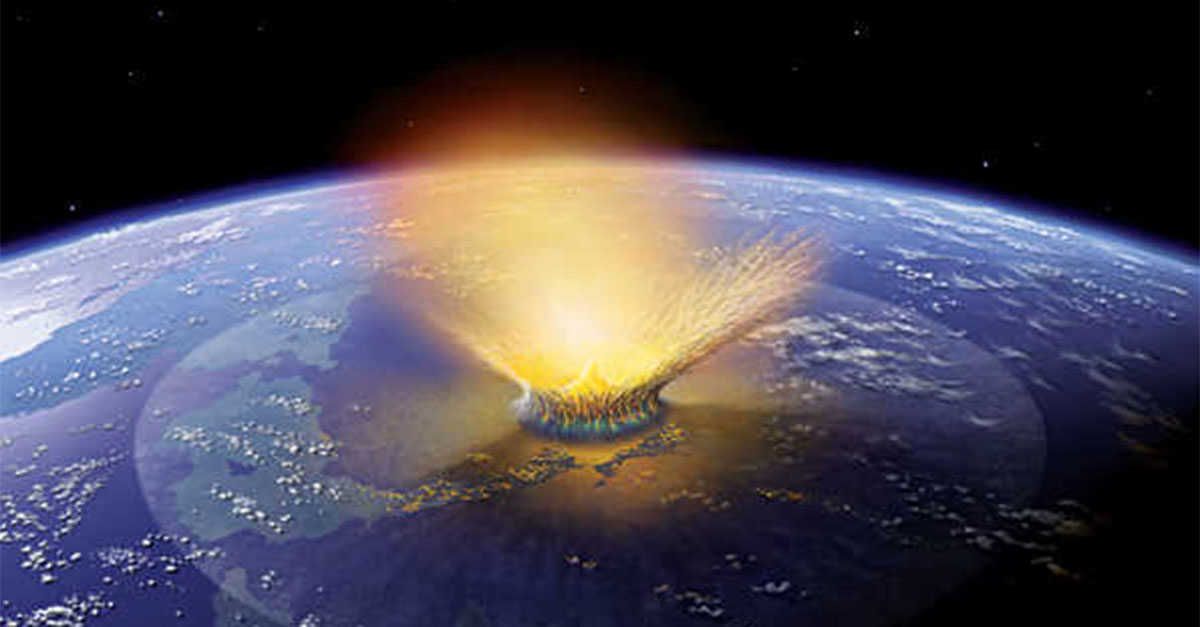A pair of studies published in Science and Science Advances have helped identify that NASA’s OSIRIS-REx (Origins, Spectral Interpretation, Resource Identification, Security-Regolith Explorer) spacecraft would have sunk into the asteroid Bennu had the spacecraft not fired its thrusters immediately after collecting samples from the surface of the small planetary body in October 2020. The respective studies examined the loosely packed exterior of Bennu, comparing its surface to stepping into a pit of plastic balls that people of all ages enjoy. The paper in Science was led by Dr. David Lauretta, Principal Investigator of OSIRIS-REx and a Regents Professor at the University of Arizona, and the paper in Science Advances was led by Dr. David Walsh, a member of the OSIRIS-REx team from the Southwest Research Institute in Boulder, Colorado.
Continue reading “OSIRIS-REx Would Have Sunk Deep into Asteroid Bennu if it Tried to Land”An Asteroid has Been Discovered With Three Moons!
Planets aren’t the only celestial objects with moons – asteroids can have them too. They are usually other, smaller asteroids in orbit around a larger central one. Now, a team of Thai and French astronomers found an asteroid system with three satellites. The new four-body system makes complex gravitational problems like the three-body problem look simple by comparison.
Continue reading “An Asteroid has Been Discovered With Three Moons!”This Object is Both an Asteroid and a Comet
In astronomy, comets and asteroids are defined very differently. Comets have a “nucleus,” usually made of ice and dust, and a tail when they get near the sun, which is the nucleus material shedding off from the comet itself. Asteroids, on the other hand, are small balls of rock orbiting the sun. Occasionally though, some objects meet the criteria to be both an asteroid and a comet – and a team from the Planetary Science Institute (PSI) think they have found a new one.
Continue reading “This Object is Both an Asteroid and a Comet”Scientists Figure out how the Asteroid Belt Attacked the Dinosaurs
How do you track an asteroid that hit the Earth over 60 million years ago? By using a combination of geology and computer simulations, at least according to a team of scientists from the Southwest Research Institute (SwRI). Those methods might have let them solve a long-standing mystery of both archeology and astronomy – where did the asteroid that killed the dinosaurs come from?
Continue reading “Scientists Figure out how the Asteroid Belt Attacked the Dinosaurs”Here’s the Asteroid Hayabusa2 is Going to be Visiting Next
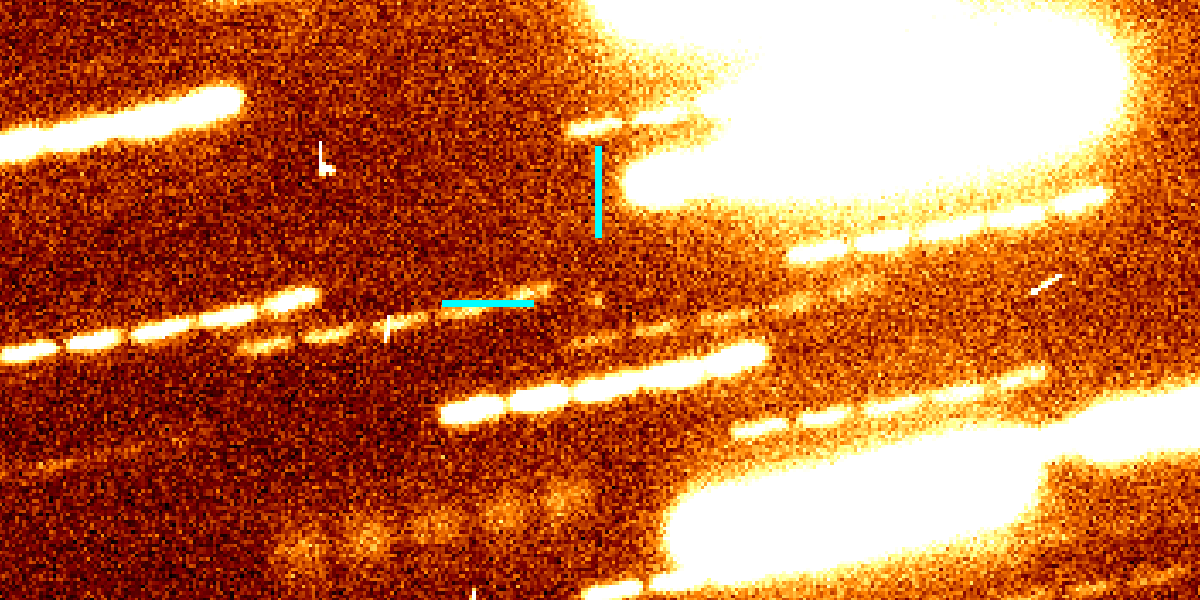
Check out this image of asteroid 1998 KY26 from the Subaru Telescope. It’s not exactly beautiful, but it’s not intended to be. The compelling thing about this image isn’t its attractiveness, it’s the context. This small asteroid is the next target for Japan’s Hayabusa2 spacecraft.
Continue reading “Here’s the Asteroid Hayabusa2 is Going to be Visiting Next”Interstellar Oumuamua Was a Dark Hydrogen Iceberg

When Canadian astronomer Robert Weryk discovered `Oumuamua passing through our Solar System with the Pan-STARRS telescope, in October 2017, it caused quite a stir. It was the first interstellar object we’d ever seen coming through our neighbourhood. The excitement led to speculation: what could it be?
There was lots of fun conjecture on its origins. Was it an alien spacecraft? A solar sail? Or something more prosaic?
Continue reading “Interstellar Oumuamua Was a Dark Hydrogen Iceberg”The dinosaur killing asteroid hit the Earth at the most devastating possible angle
There are bad days, and then there are really bad days. 65 million years ago, life on Earth – especially if you were a dinosaur – experienced the worst possible bad day, as a giant meteor came crashing down to the surface of our planet, unleashing an inferno followed by decades of nuclear winter. And the worst part? It didn’t have to be so bad.
Continue reading “The dinosaur killing asteroid hit the Earth at the most devastating possible angle”Astronomers Discover a Tiny New Temporary Moon for the Earth. Welcome to the Family 2020 CD3
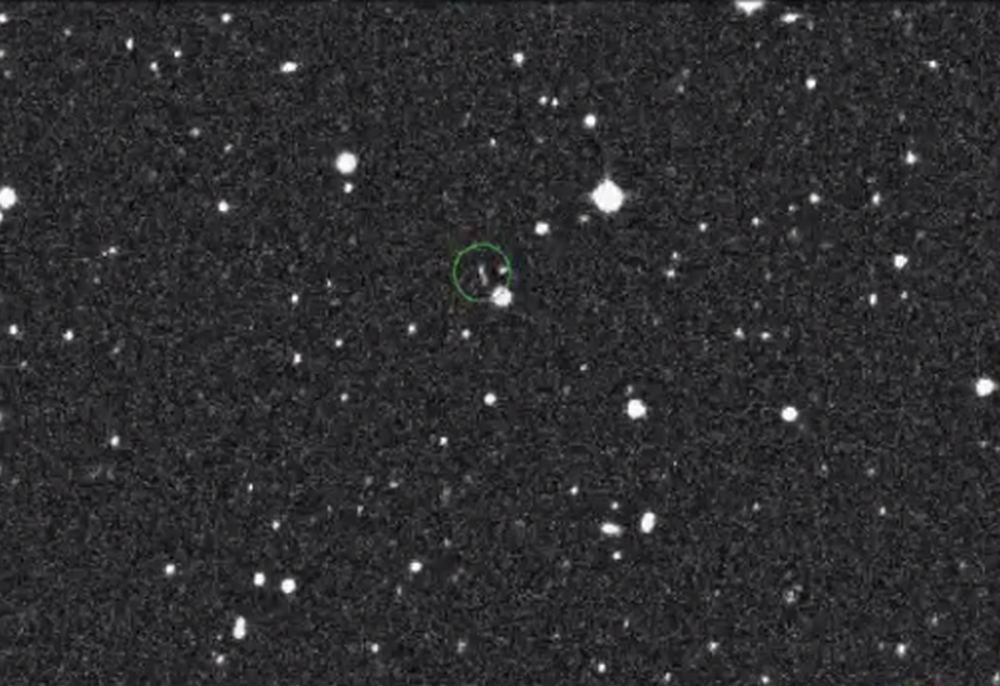
Astronomers are increasingly interested in Near-Earth Objects, or NEOs. There are ongoing efforts to find them all and catalog them all, and to find out which ones might pose a collision threat. Now some astronomers with the NASA-funded Catalina Sky Survey have found a new, tiny, temporary moon for Earth.
Continue reading “Astronomers Discover a Tiny New Temporary Moon for the Earth. Welcome to the Family 2020 CD3”Asteroid Ryugu is a “Fragile Rubble Pile”
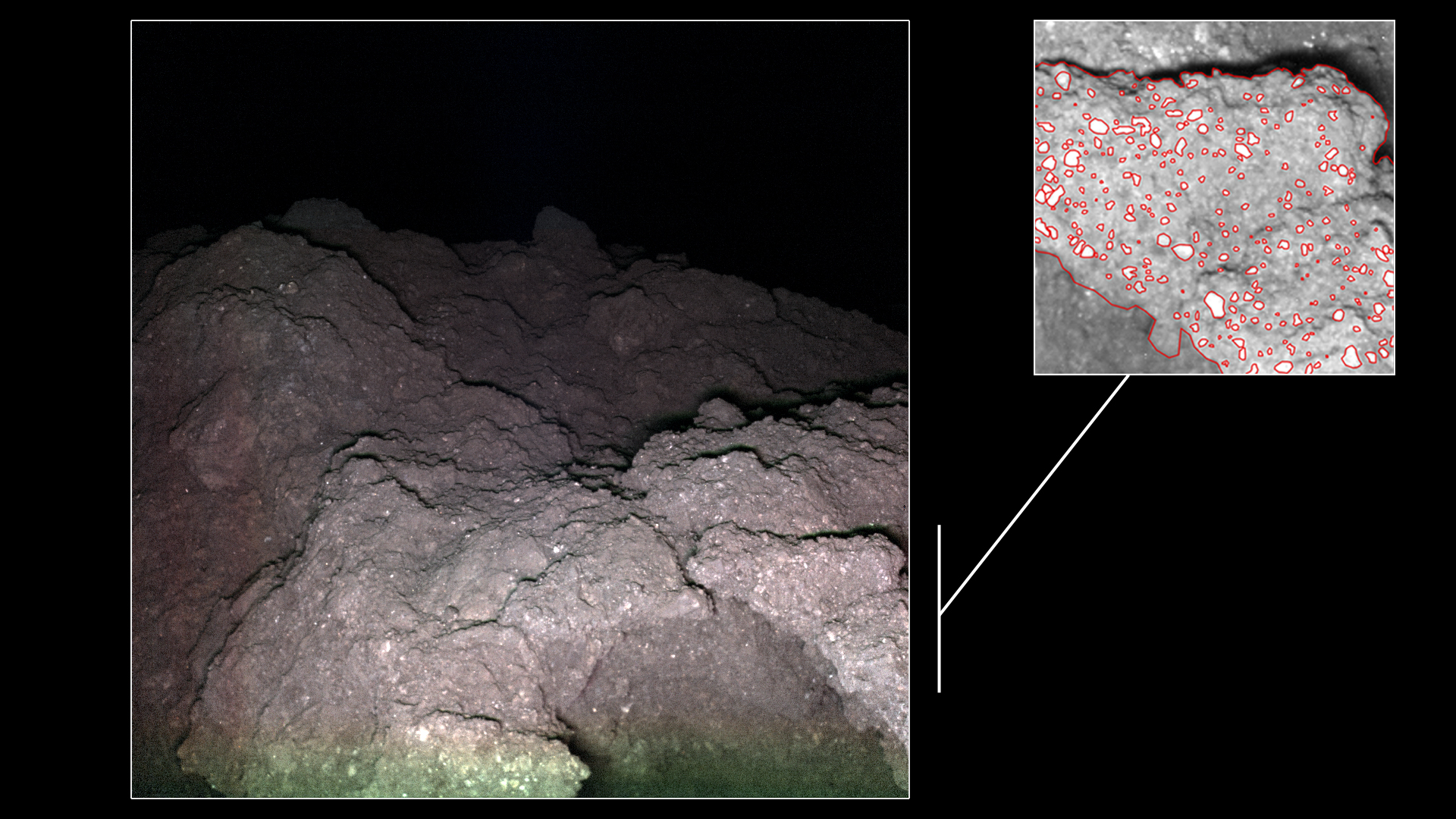
When Japan’s Hayabusa 2 spacecraft arrived at asteroid Ryugu in June 2018, it carried four small rovers with it. Hayabusa 2 is primarily a sample-return mission, but JAXA (Japan Aerospace Exploration Agency) sent rovers along to explore the asteroid’s surface and learn as much as they could from their visit. There’s also no guarantee that the sample return will be successful.
They chose Ryugu because the asteroid is classified as a primitive carbonaceous asteroid. This type of asteroid is a desirable target because it represents the primordial matter that formed the bodies in our Solar System. It’s also pretty close to Earth.
The sample from Ryugu, which will make it to Earth in December 2020, is the big science prize from this mission. Analyzing it in Earth-based laboratories will tell us a lot more than spacecraft instruments can. But the rovers that landed on Ryugu’s surface have already revealed a lot about Ryugu.
Continue reading “Asteroid Ryugu is a “Fragile Rubble Pile””Hayabusa1’s Samples of Itokawa Turned up Water That’s Very Similar to Earth’s Oceans
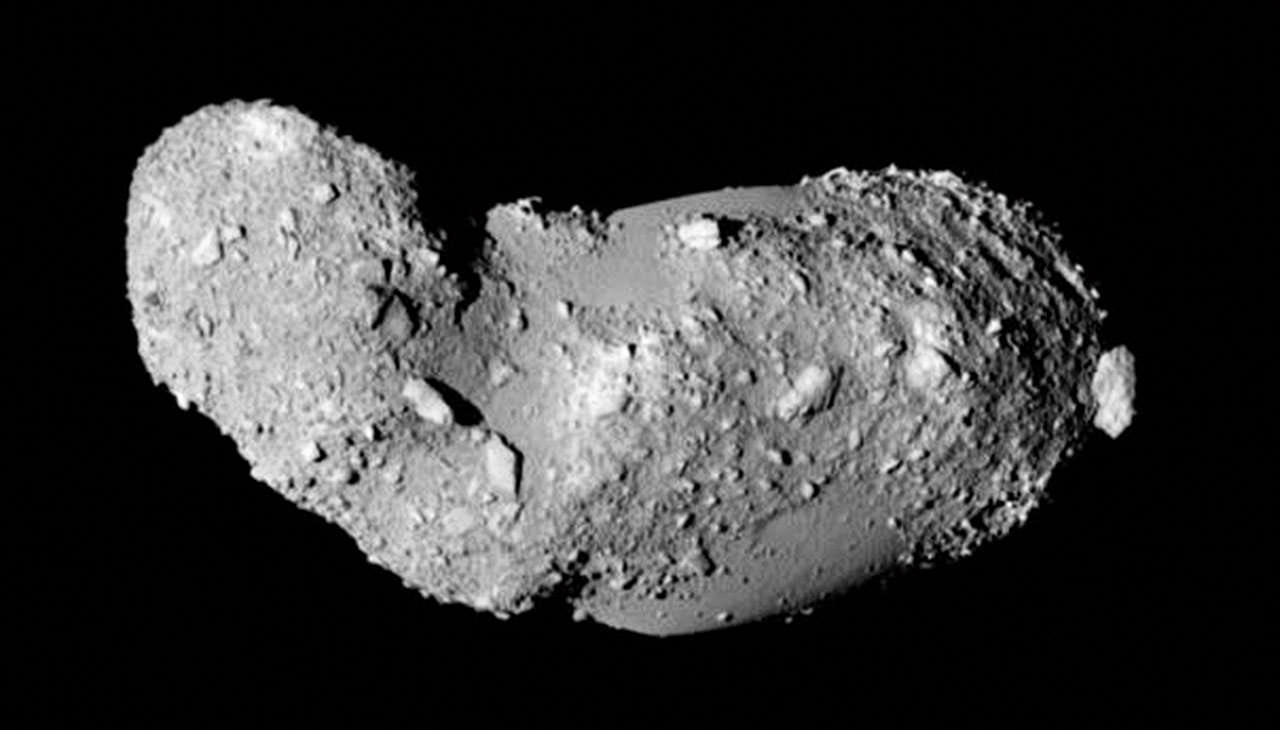
Right now, the Japanese Aerospace Exploration Agency‘s (JAXA)
Hayabusa2 spacecraft is busy exploring the asteroid 162173 Ryugu. Like it’s predecessor, this consists of a sample-return mission, where regolith from the asteroid’s surface will be brought back home for analysis. In addition to telling us more about the early Solar System, these studies are expected to shed light on the origin of Earth’s water (and maybe even life).
Meanwhile, scientists here at home have been busy examining the samples returned from 25143 Itokawa by the Hayabusa1 spacecraft. Thanks to a recent study by a pair of cosmochemists from Arizona State University (ASU), it is now known that this asteroid contained abundant amounts of water. From this, the team estimates that up to half the water on Earth could have come from asteroid and comet impacts billions of years ago.

